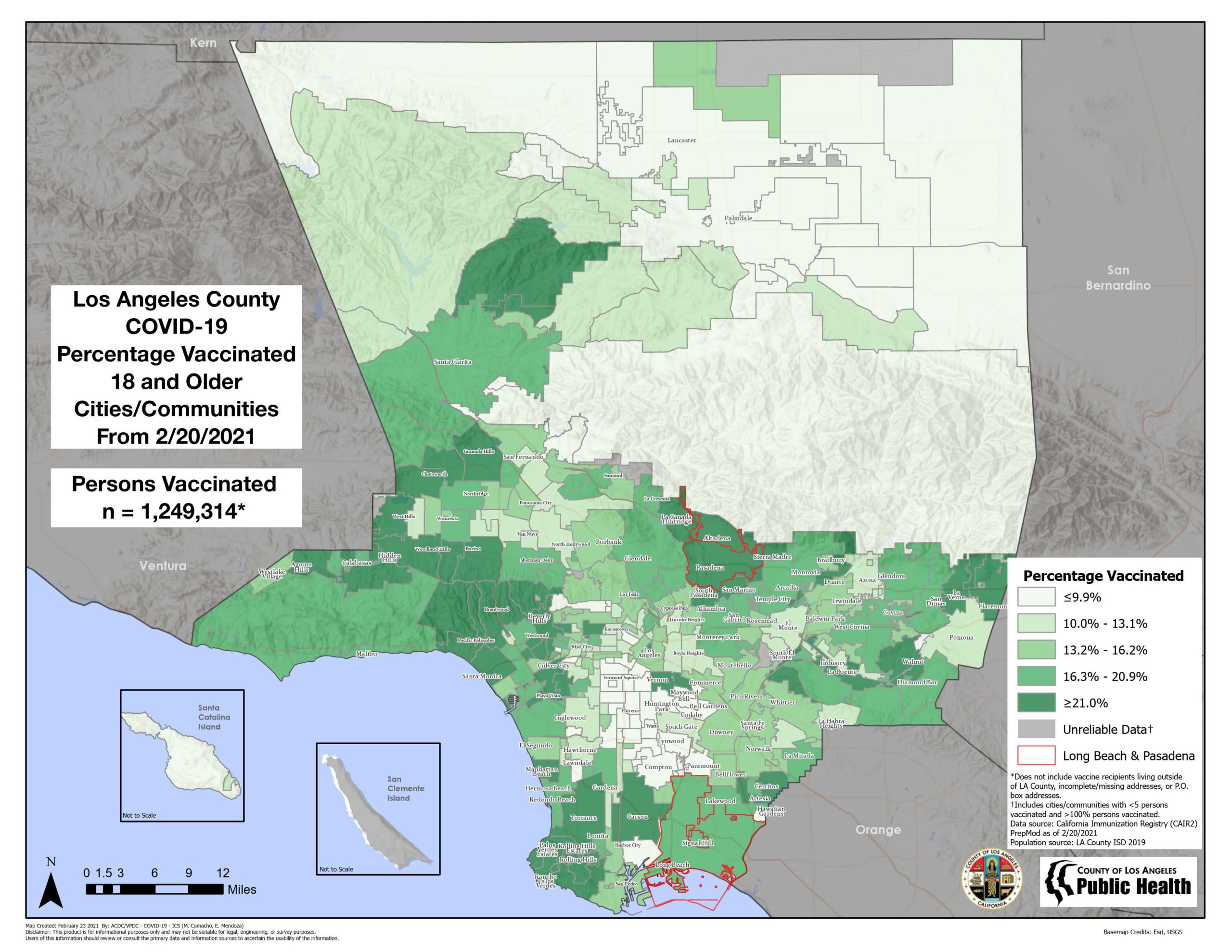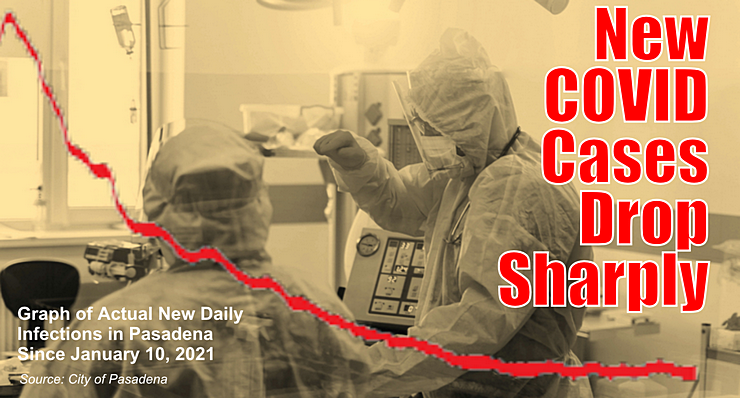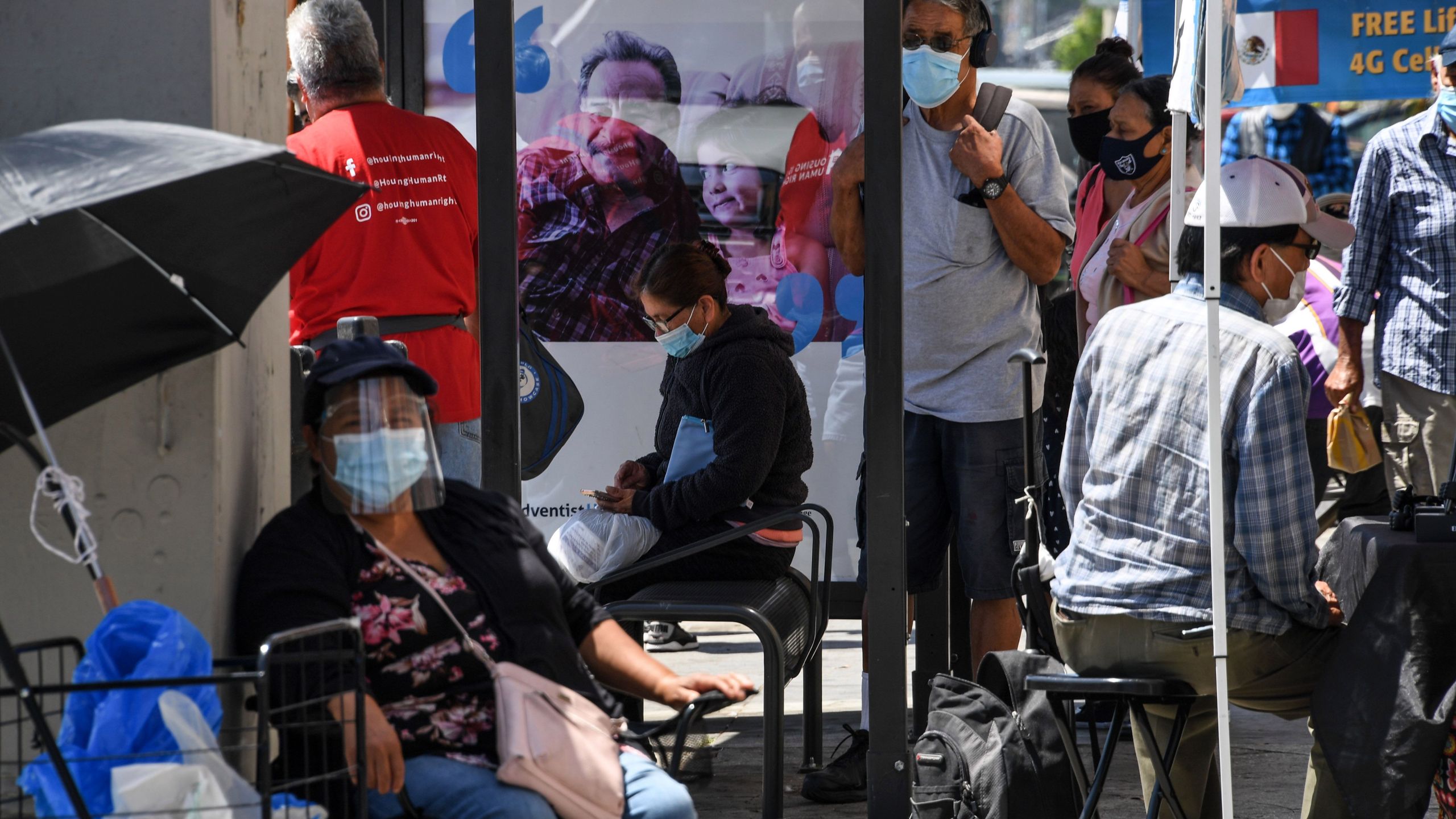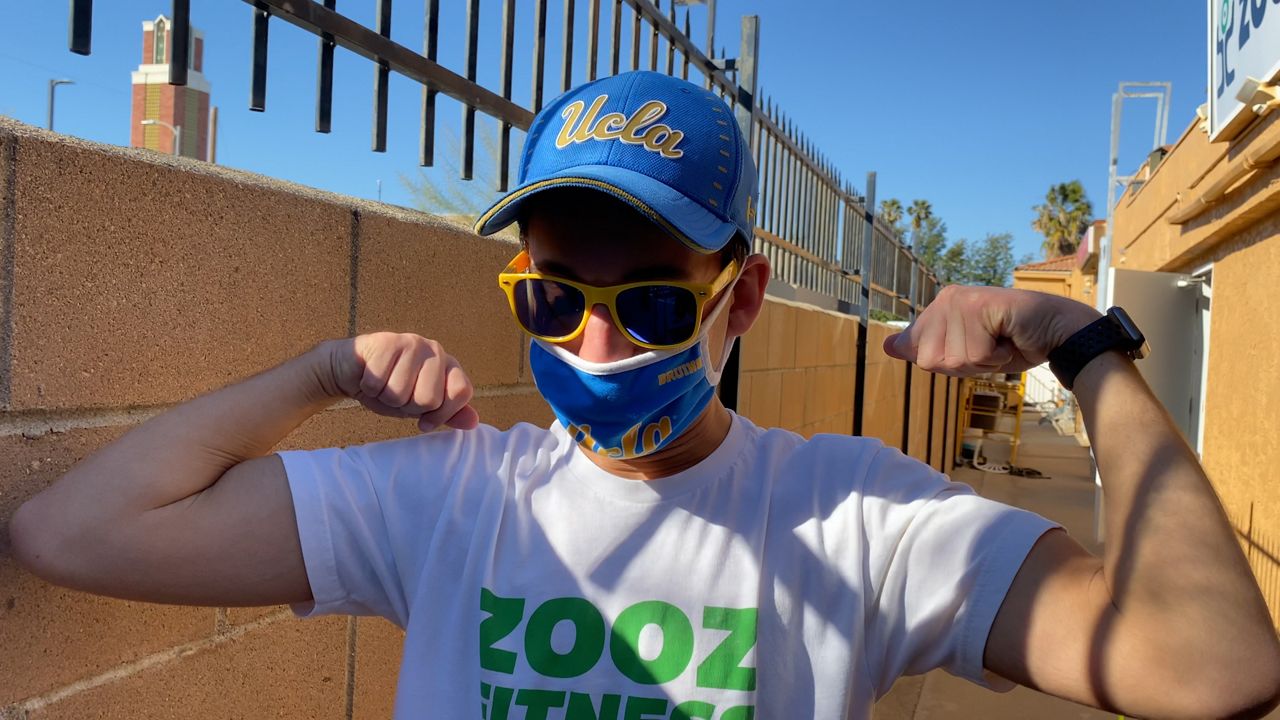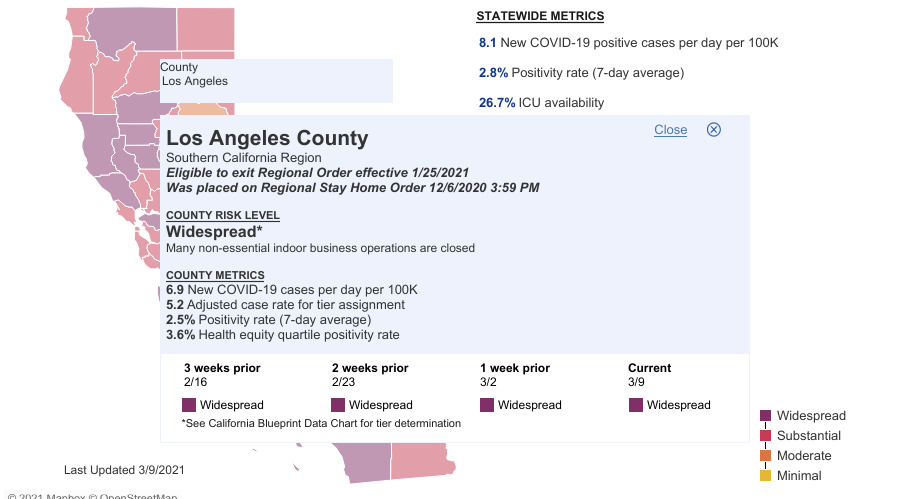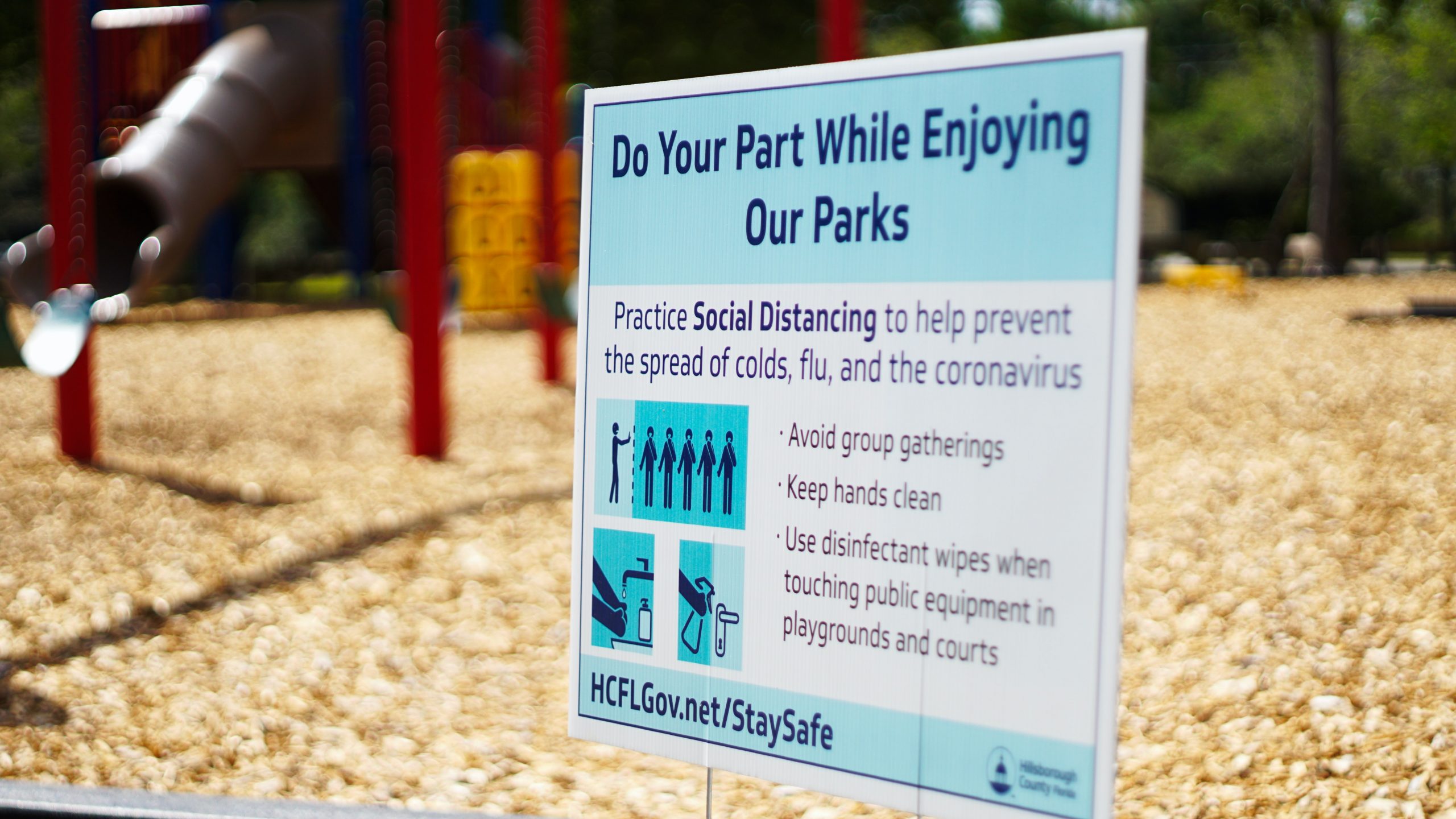California has set aside 40% of vaccine doses for the hardest-hit communities and established a vaccine equity metric — which seeks to increase vaccinations in those communities — as a prelude to adjusting the Blueprint for a Safer Economy, which governs the conditions under which counties reopen certain business sectors.
“With more vaccines online and administered, California is now in a position to take steps toward ending this pandemic by keeping our guard up and by vaccinating those Californians most at risk and most exposed,” said Governor Gavin Newsom in a statement. “Vaccinating our most impacted communities, across our state, is the right thing to do and the fastest way to end this pandemic.”
State officials point out that the pandemic has not affected California communities equally. Forty percent of COVID cases and deaths have occurred in the lowest quartile of the Healthy Places Index (HPI), which provides overall scores and data that predict life expectancy and compares community conditions that shape health across the state. The rate of infections for households making less than $40,000 per year (11.3) is more than double that of households with an income of $120,000 or more (5.2). At the same time, California’s wealthiest populations are being vaccinated at nearly twice the rate of our most vulnerable populations. The state is committed to doing better.
The state is modifying the Blueprint for a Safer Economy to lead with opening activities when vaccines have been deployed to the hardest-hit communities. This modification will shift tier thresholds to allow slightly higher case rates per 100,000 population once more inoculations have occurred in the communities suffering the most, allowing counties to move to less restrictive tiers.
“Increasing vaccinations in our hardest-hit communities is both morally right, and good for public health, because it will slow the spread of disease,” said Dr. Mark Ghaly, secretary of the California Health and Human Services Agency.
The initial goal of the vaccine equity metric is to deliver a minimum of 2 million doses to the hardest-hit quarter of the state as measured by the Healthy Places Index. The state has currently delivered 1.6 million doses to this quarter of the state. It is estimated that 2 million doses will be delivered in the vaccine equity quartile sometime in the next two weeks.
Once that threshold is reached, the Blueprint for a Safer Economy will be updated to allow for somewhat higher case rates in each tier, with an overall effect of allowing counties to loosen health restrictions at a somewhat accelerated pace. The Blueprint will be updated again when 4 million doses have been administered in the vaccine equity quartile.
The state plans to double the allocation for disproportionately-impacted communities (allotting 40% to them) as compared to the rest of the state; reserving appointments for members of communities severely impacted by the pandemic; and increasing funding for safety net providers to cover startup costs and for navigation assistance.
“By vaccinating more people, and those who are most vulnerable to COVID-19, science tells us that the disease should spread more slowly, giving variants fewer opportunities to take hold, and the health care system should be preserved,” Ghaly explained.

